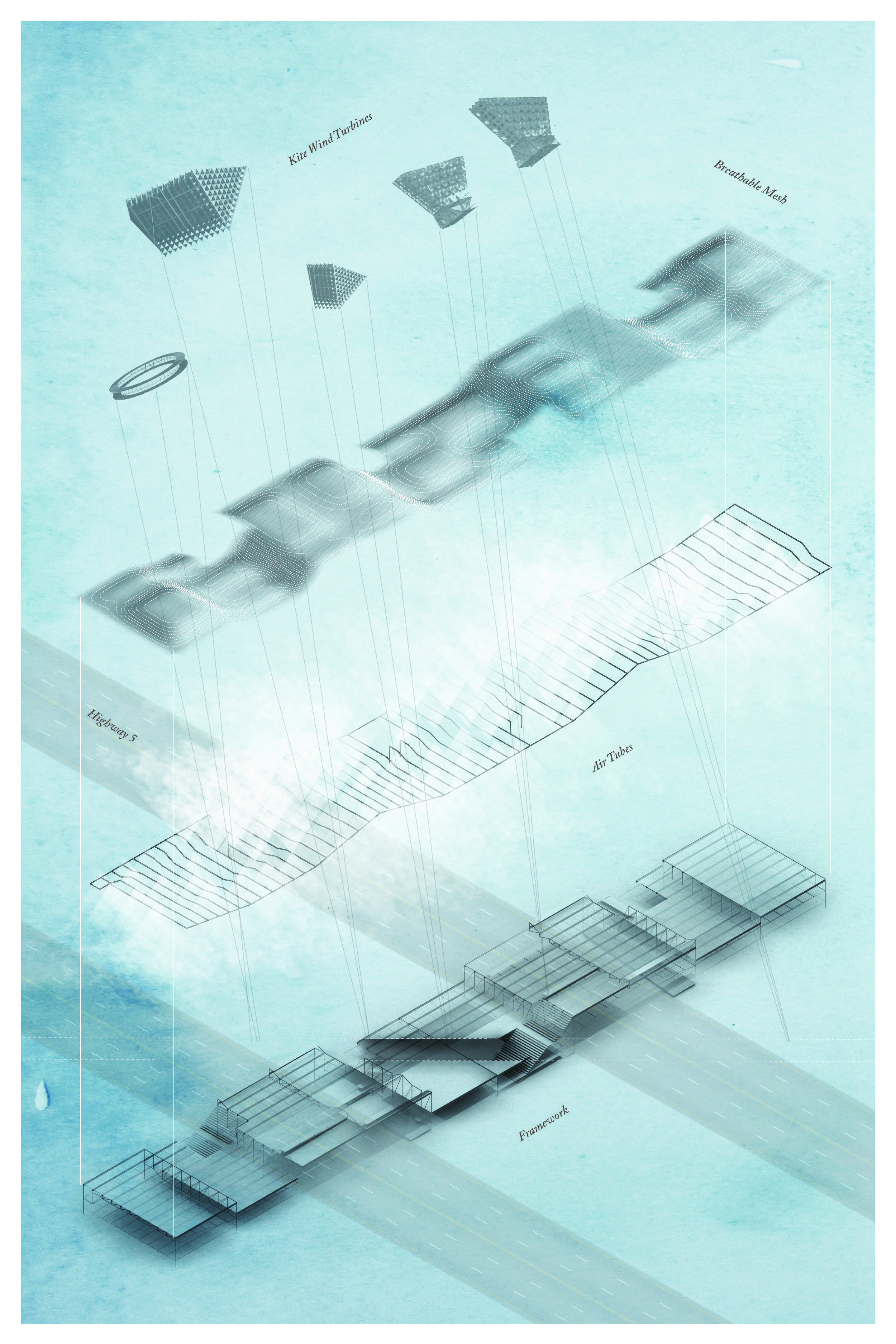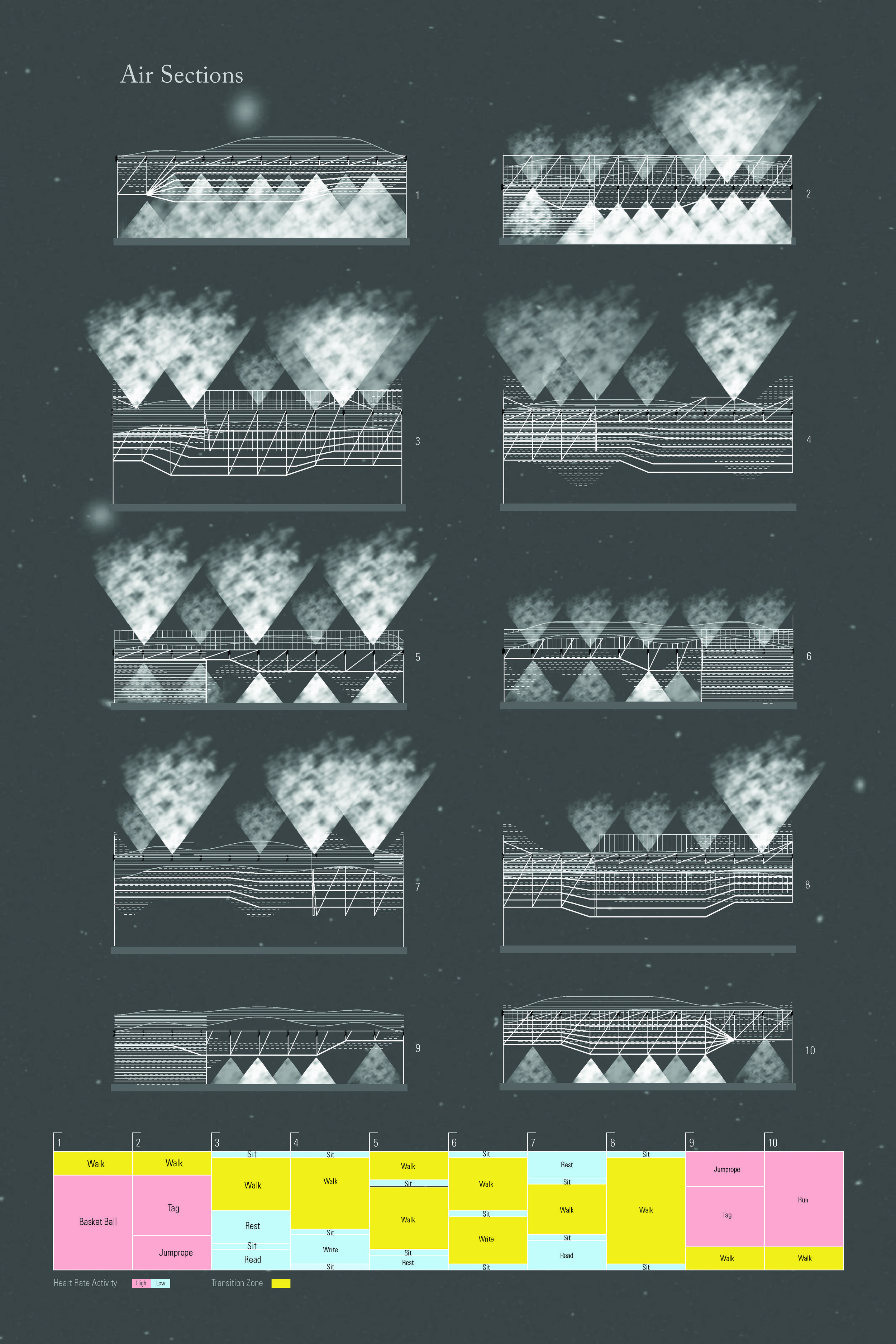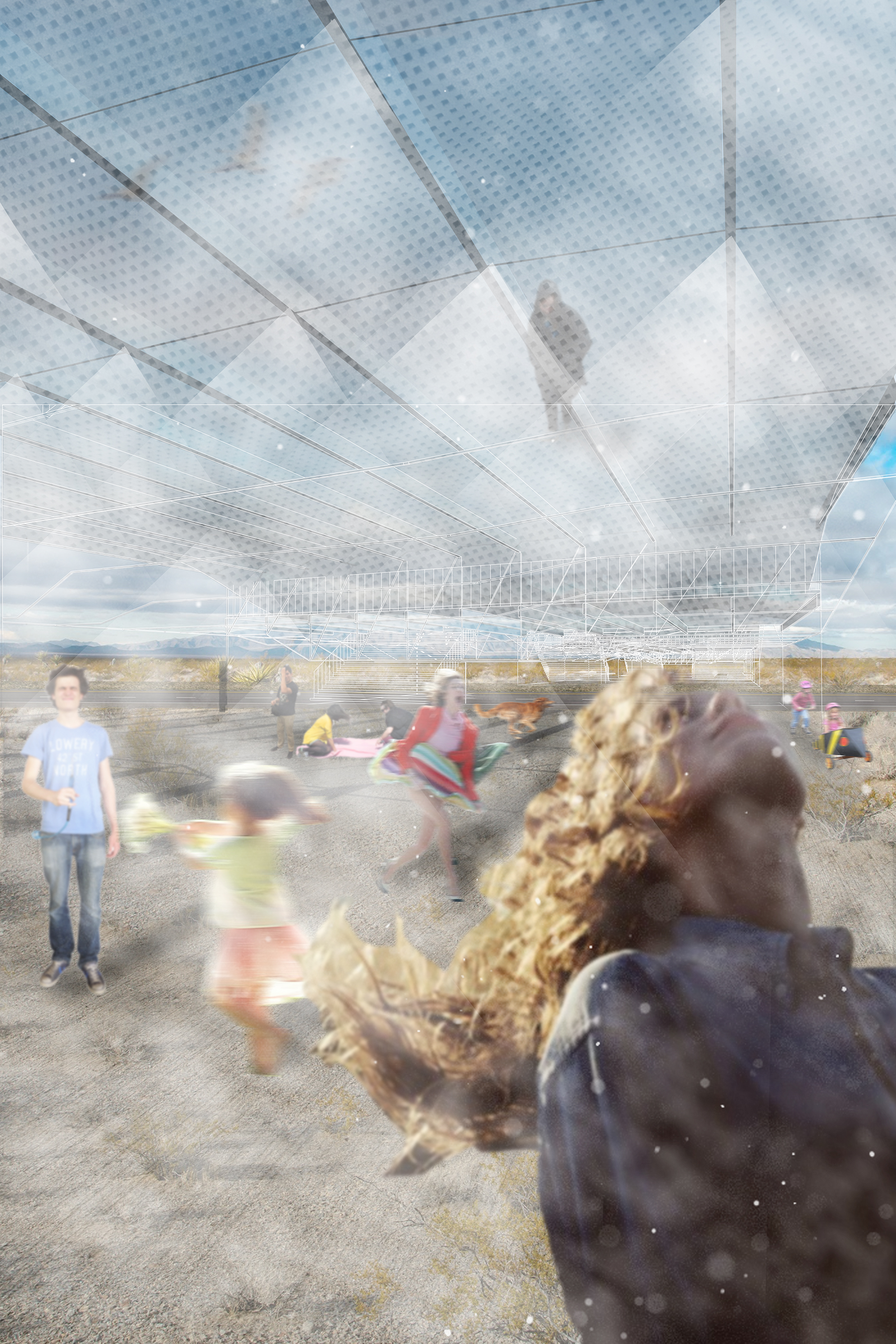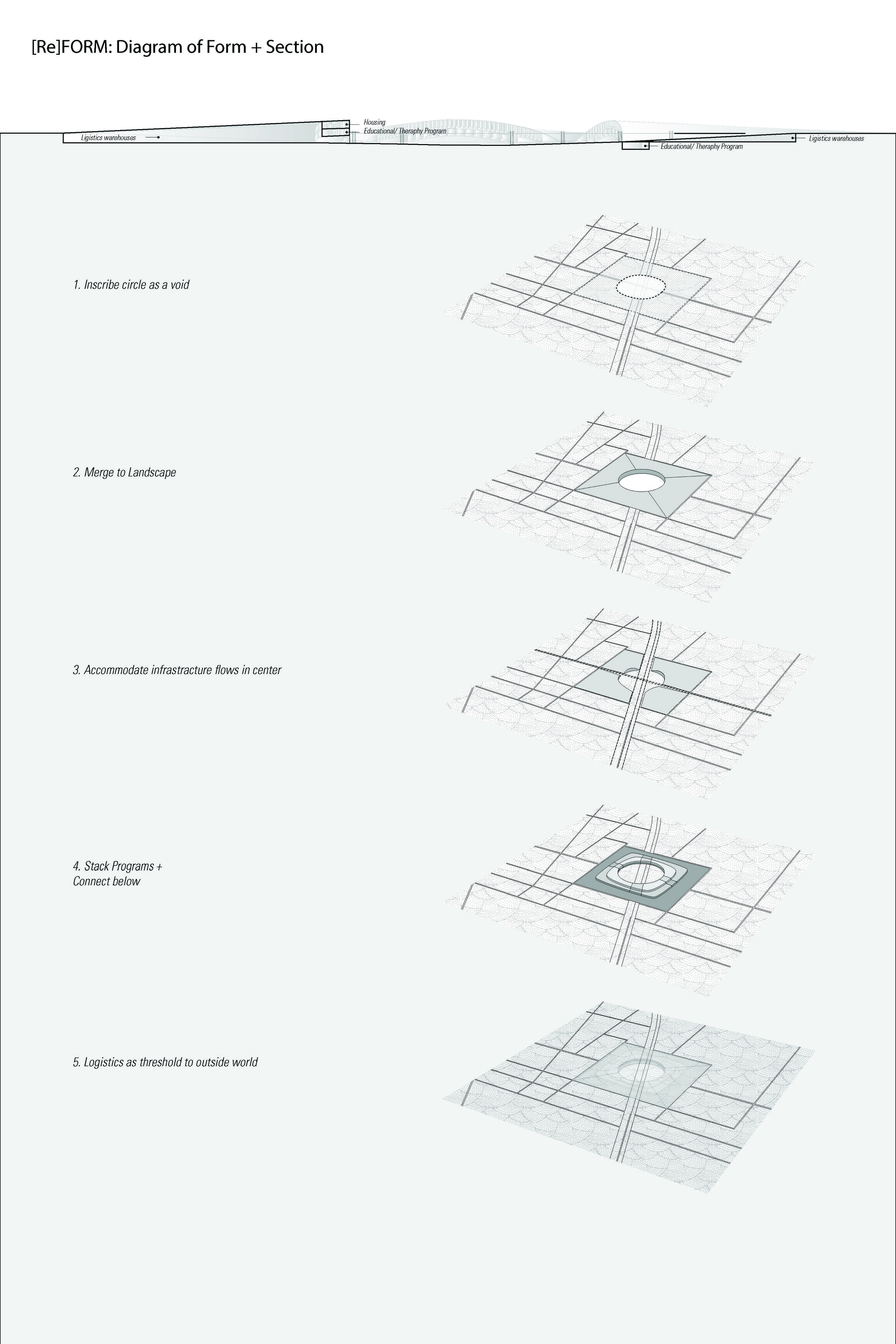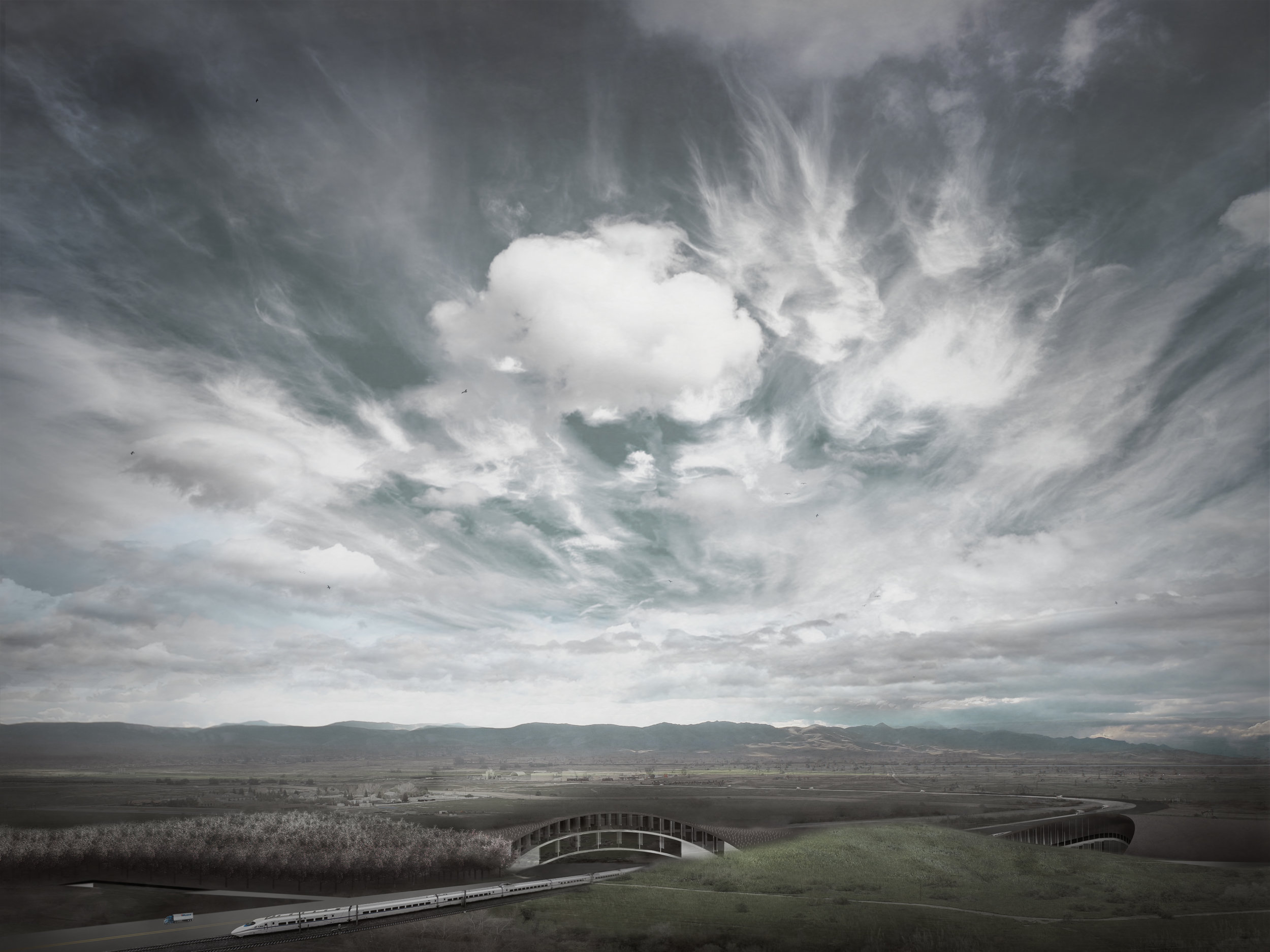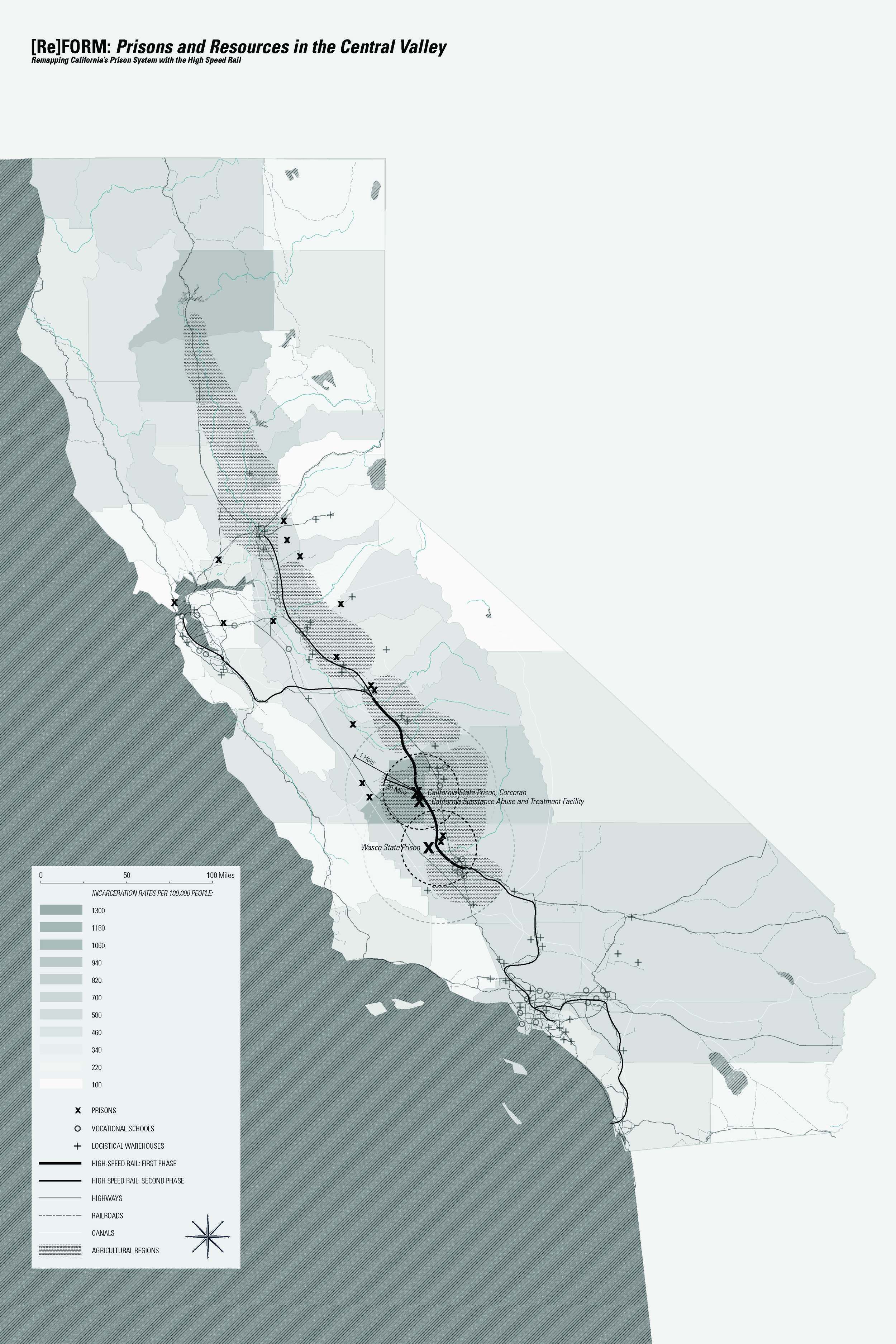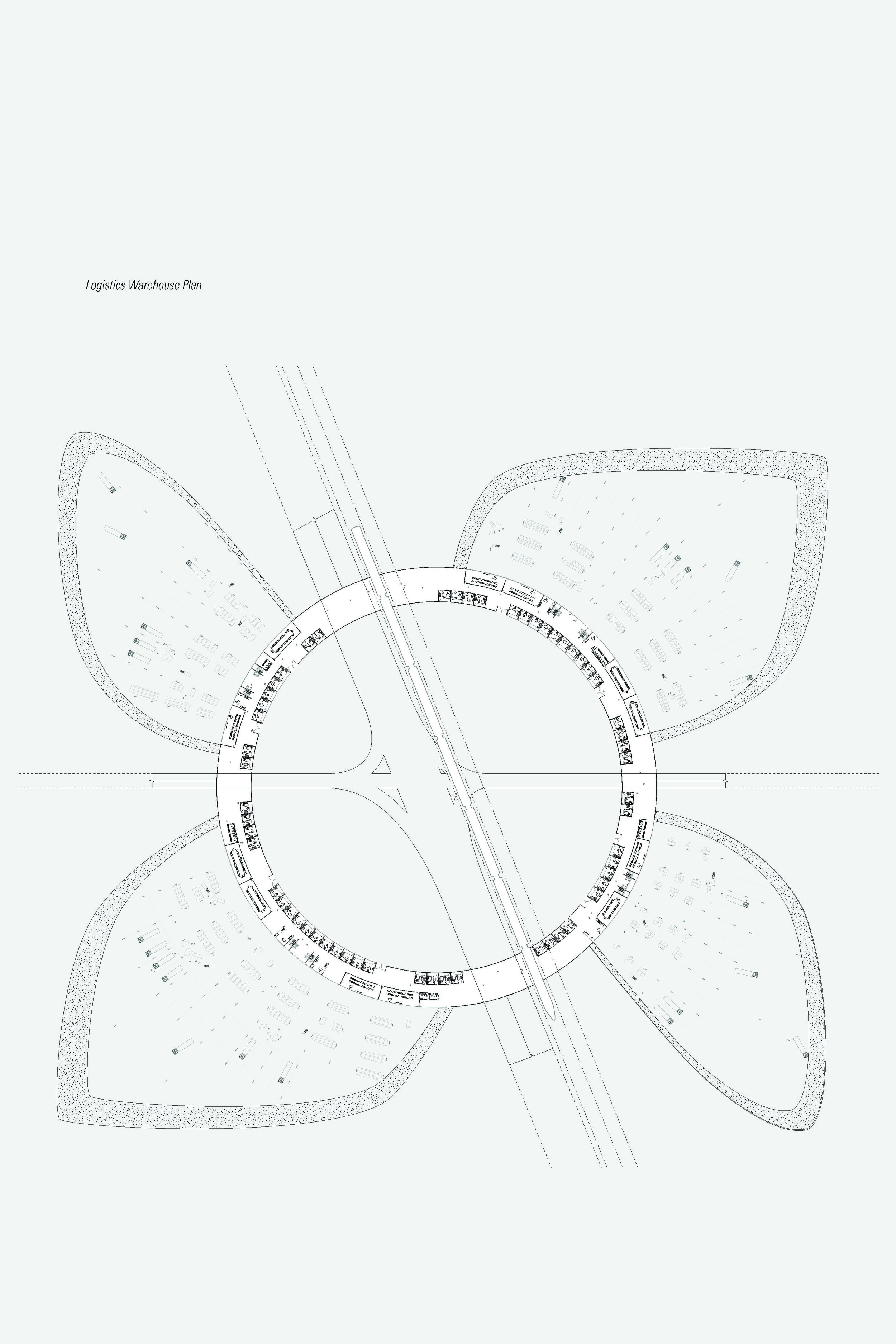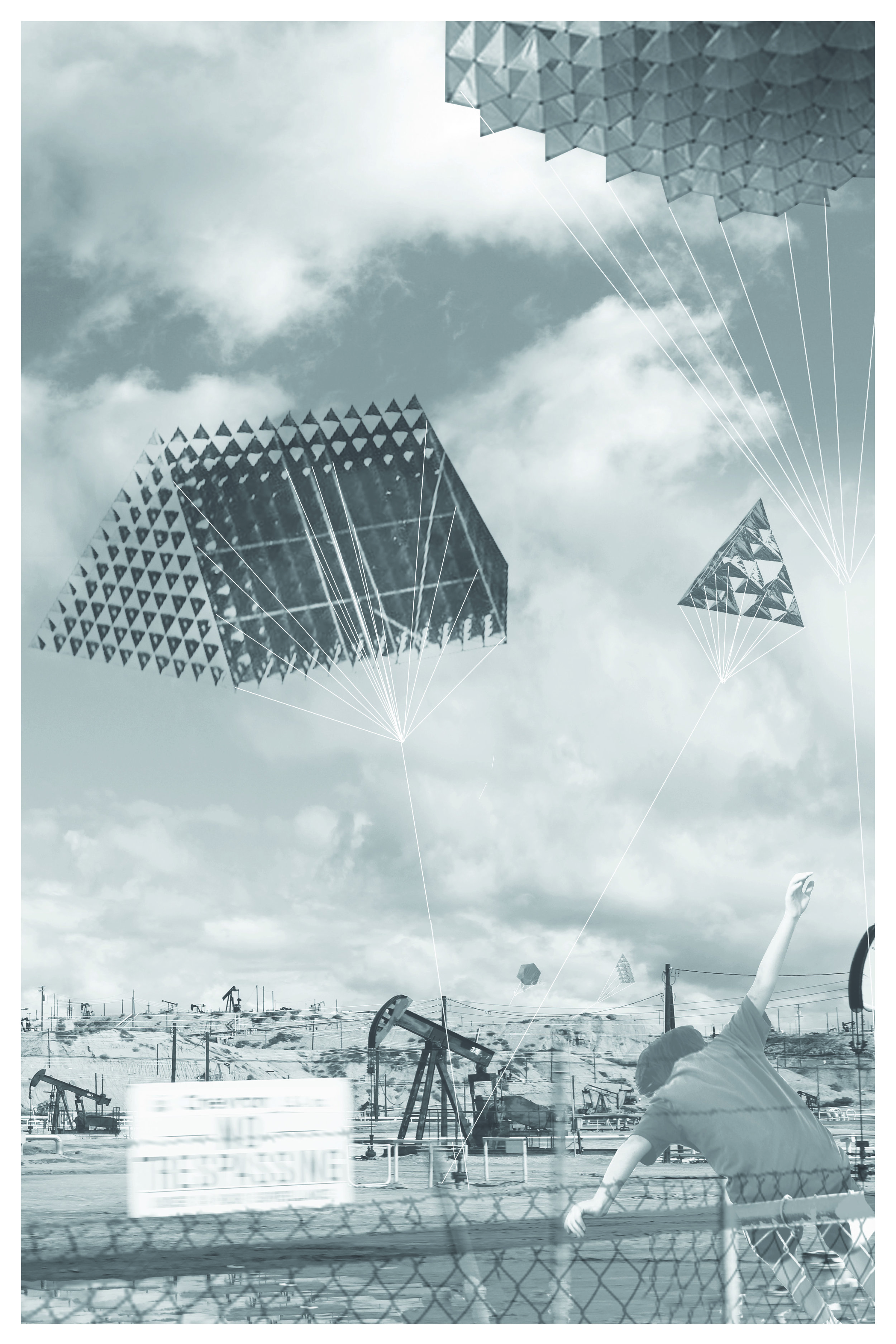Image credit: Edward Burtnysky
SWITCHSCAPES
Project: Switchscapes The Petropolis of Tomorrow
Class: Advanced Studio, California College of the Arts, Architecture Division
Date: Spring 2015
Instructors: Neeraj Bhatia
The Six Californias plan by venture capitalist Tim Draper recently failed to qualify as a California ballot measure. Critics of the plan stated that the proposal’s intention was to split the geographically localized rich and poor zones of the state. The proposal pointed to the fact that there are currently two very distinct California’s that characterize our paradoxical relationship to politics, economics, and culture, and this has manifest itself on the organization and exploitation of California’s Central Valley. Coastal California adorns an image of its scenic landscape, progressive environmental movements, liberal culture, and density, while Inland California is characterized by resource production and extraction, their associated infrastructures, as well as byproducts. Separated by topography, wealth, race, and pollution, these two California’s are emblematic of the increasing divide between the realities of resource consumption and the exploitation of land and communities to extract these resources. The flat desert landscape of the Central Valley has been a battleground for resources, agriculture, oil, and water, that have been globally networked through mega-infrastructural projects, the aquaduct, interstate highways, high-speed rail, as well as the proposed Delta tunnels. Once a difficult to access desert landscape, this valley has become the economic battleground for California’s future food and energy security.
This studio examines this other California in hopes to project new integrative and sustainable models of large-scaled infrastructural design and resource management. The studio navigates between design and research in a transcalar fashion, focusing on the confluence of oil, water, and agriculture at the scale of: (i) The Central Valley (ii) Kern County (iii) Bakersfield and its surrounding region. Examining new and existing large-scaled infrastructural nodes, the studio proposes a series of ‘switches’, a new typology of logistic distribution centers at the scale of architecture, that cumulatively reorganize the larger territory for a more sustainable form of resource management and cultural production. The study questions how different forms of resource extraction can work more symbiotically, not in efforts to solely increase efficiency, but more importantly to understand more sustainable systems of integration that also account for social and cultural needs. Ultimately, it speculates on the disciplinary agency of the architect to use form, program, geometry, and organization to have territorial effects that extend beyond the footprint of the architectural object.
For more information, please visit: www.petropia.org


